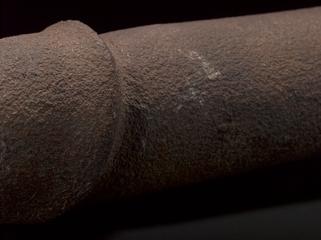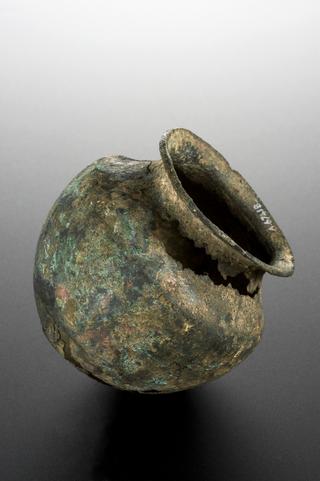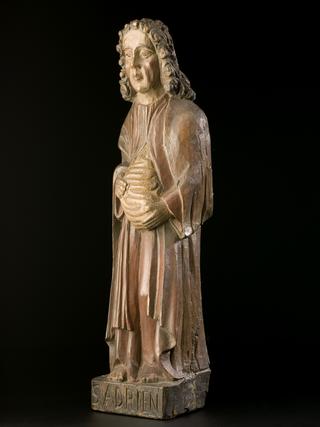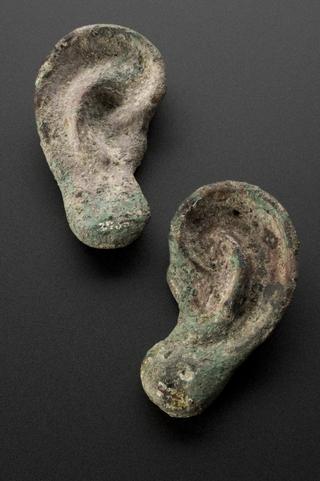
Amulet showing Ptah-Seker
- Made:
- 900-30 BCE in Egypt

Faience amulet of Ptah-Seker, Egyptian, 900-30BCE
Many people still believe that amulets have magical or spiritual powers, bringing good luck and good health while providing protection from sickness and harm. Ptah-Seker was originally two separate deities, Ptah (the divine creator) and Seker, a god associated with the dead and funerals. Seker was originally shown as a mummified man with the head of a falcon. Ptah-Seker was a god associated with the dead and funerals and this amulet may have been buried with the body. Both of the amulets (A608668 and A608669) are made from a type of glazed ceramic called faience.
Details
- Category:
- Classical & Medieval Medicine
- Collection:
- Sir Henry Wellcome's Museum Collection
- Object Number:
- A608669
- Materials:
- faience
- Measurements:
-
overall: 84 mm x 40 mm x 25 mm, .056 kg
- type:
- amulet




